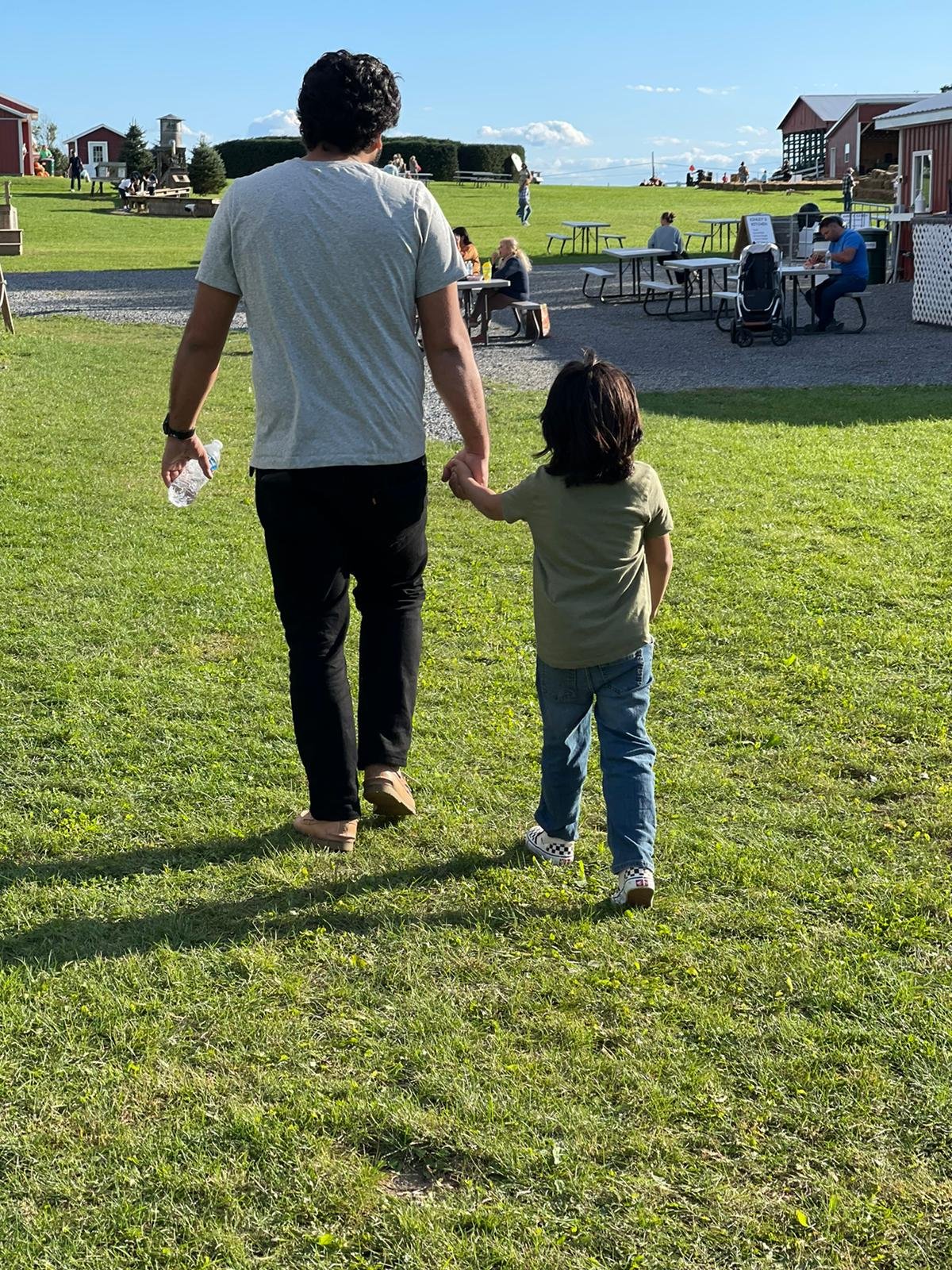- Creating an autism- and budget-friendly Halloween costume can be a fun and inclusive project. Here are some tricks to get treats with costume ideas that cater to individuals with autism while being mindful of your budget:
- Sensory-Friendly Fabrics:
- Choose costumes made from soft, non-itchy, and breathable fabrics. Avoid costumes with scratchy or uncomfortable materials that may bother individuals with sensory sensitivities.
- DIY Costumes:
- Create DIY costumes using everyday clothing items and accessories. This allows for customization and ensures comfort. For instance, you can turn a hoodie into a dinosaur costume by adding felt spikes.
- Familiar Characters:
- Consider dressing up as a favorite character from a beloved show, movie, or book. This can be comforting and enjoyable for someone with autism. Classic characters like Winnie the Pooh or SpongeBob SquarePants are good options.
- Minimal Accessories:
- Limit the number of accessories or props to avoid sensory overload. Choose costumes that require only a few, non-intrusive accessories.
- Elastic Waistbands:
- Use costumes with elastic waistbands or adjustable closures to accommodate different body types and provide comfort.
- Comfortable Footwear:
- Ensure that the costume doesn’t require uncomfortable shoes or accessories. Opt for sneakers or other comfortable footwear for long trick-or-treating walks.
- Quiet Costume:
- Avoid costumes with noisy components, like those that rustle, jingle, or make loud sounds. These can be distressing for individuals with sensory sensitivities.
- Face Masks:
- If masks are necessary for the costume, consider using a soft, breathable fabric mask or face paint instead of rigid or tight masks that may cause discomfort.
- Low-Stimulation Decorations:
- Opt for costumes that incorporate soft or muted colors to reduce sensory overload. Avoid costumes with blinking lights or excessive bright colors.
- Practice:
- Help your child or loved one practice wearing the costume before Halloween. Gradual exposure can make it easier for them to get used to it.
- Social Story:
- Create a social story to prepare individuals with autism for Halloween, explaining the concept of costumes, trick-or-treating, and what to expect.
- Inclusive Groups:
- Encourage family and friends to wear costumes that complement the individual’s costume, fostering a sense of togetherness and inclusion.
- Budget-Friendly Options:
- Shop at thrift stores, use hand-me-downs, or repurpose clothing to create affordable costumes. DIY costumes can be both budget-friendly and personalized.
- Trade or Borrow:
- If you have friends or family with costumes from previous years, consider trading or borrowing costumes to save money.
- Costume Swaps:
- Participate in or organize a costume swap event in your community to exchange costumes with others.
Remember that the most important aspect of Halloween is to have fun and be comfortable. These autism- and budget-friendly costume ideas aim to make the holiday enjoyable for everyone while being mindful of individual needs and financial constraints.



